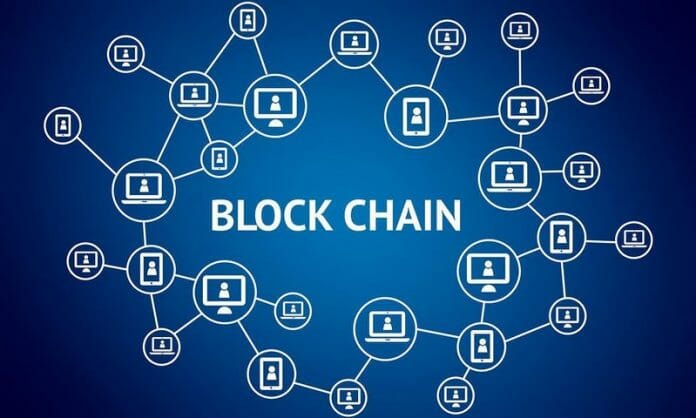What comes to mind when you think of ‘the blockchain’? If you equate ‘the blockchain’ with crypto – you’re not alone. The truth is, however, that crypto is simply a product and blockchain is the technology behind it. Blockchain technology and its potential is far bigger than just crypto – with applications across diverse industries that can benefit societies globally…
Some like to think of blockchain as the scaffold of innovation that will support and reshape the way we transact, donate, create, and collaborate. Already, its decentralized and transparent nature (more on this below) is transforming the way we interact with each other and empowering individuals like never before. It’s a ground breaking technology whose mechanism is as simple as its application potential is limitless.
Blockchain basics
At its core, blockchain is simply an online, public ‘digital ledger’ (or record) that securely records transactions and information in a way that is tamper-proof and accessible to all participants. It eliminates the need for intermediaries and central authorities, placing control in the hands of individuals and ensuring transparency and trust. A ‘block’ is simply a record of new transactions. This ledger is duplicated and distributed across the entire network of computer systems on the blockchain.
An even simpler but more powerful description of what blockchain is by a wealth management group went like this: “Imagine a huge football field with rows and rows of glass rooms that people can use to have private conversations. Because they are made of glass, everybody can see who is inside of the rooms. However, nobody can access a room unless they get the key that only opens that particular room. (Well, it is not an actual ‘key’. It is rather a piece of software that is created when you and the other person agree to initiate the transaction.) What’s important here is that while the key gives you both access to the glass room, the room is not yours or the other person’s. The key simply is a mechanism that allows you and the other person to conduct the transaction inside a glass room without being interrupted (i.e., hacked), even though everybody can see you inside. This way, a blockchain is like a series of glass rooms that everyone can see through, but nobody has access to unless being part of a transaction. As such, blockchain itself isn’t a device or a machine. It is a method to keep track of the use of glass rooms (i.e., transactions).”
Limitless application
‘Financial inclusion’ is one of the most common narratives being advanced through blockchain technology. Digital wallets on the blockchain allow individuals without traditional banking services (such as refugees or simply those living in countries where access to banking is challenging) to securely receive, store, and send money.
Blockchain’s potential, however, stretches far (and wide!) beyond just finance. This transformative technology is driving change across so many sectors, paving the way for a future where efficiency, accountability, and inclusivity co-exist.
Supply chain management, for example, is being revolutionized by blockchain’s ability to provide a transparent and traceable record of products in terms of origin. This ensures ethical practices, promotes sustainable consumer choices, and helps combat issues like counterfeit products and supply chain fraud.
IBM’s Food Trust network is a great example of this. Used by Walmart and others, the technology utilizes the blockchain to trace the journey of food products from farm to table, ensuring food safety and reducing waste. The system makes it possible to achieve a dramatic reduction in the time it takes to trace back a contaminated batch of food or product – such as mangoes. Before, it could take up to approximately 7 days to trace the origins of mangoes, meaning you could easily have bought and eaten a bad mango before you knew it was contaminated. Now, it takes just 2.2 seconds. More on the 2017 pilot for Walmart here.
Within the energy sector, blockchain is empowering individuals to participate in peer-to-peer energy trading. By leveraging blockchain’s decentralized nature, individuals are buying and selling renewable energy directly, promoting renewable energy adoption, and fostering a sustainable energy ecosystem facilitated by companies like Power Ledger.
The world of art and creativity, too, is embracing blockchain through Non-Fungible Tokens (NFTs) which are unique digital assets that represent ownership of art, music, or other creative works. Artists are using these to protect their digital creations, establish ownership rights and engage directly with collectors to monetize their work in new and innovative ways. These are only the beginning of widespread innovation in this area, with uses such as limited edition items and tickets emerging quickly alongside other innovations.
Blockchain is driving a wave of innovation that holds immense promise for the future. Those willing to embrace this transformative technology with curiosity and an open mind will reap the benefits created by new opportunities and disrupting traditional models.
By Janine Grainger, Co-Founder and CEO, of Easy Crypto.









